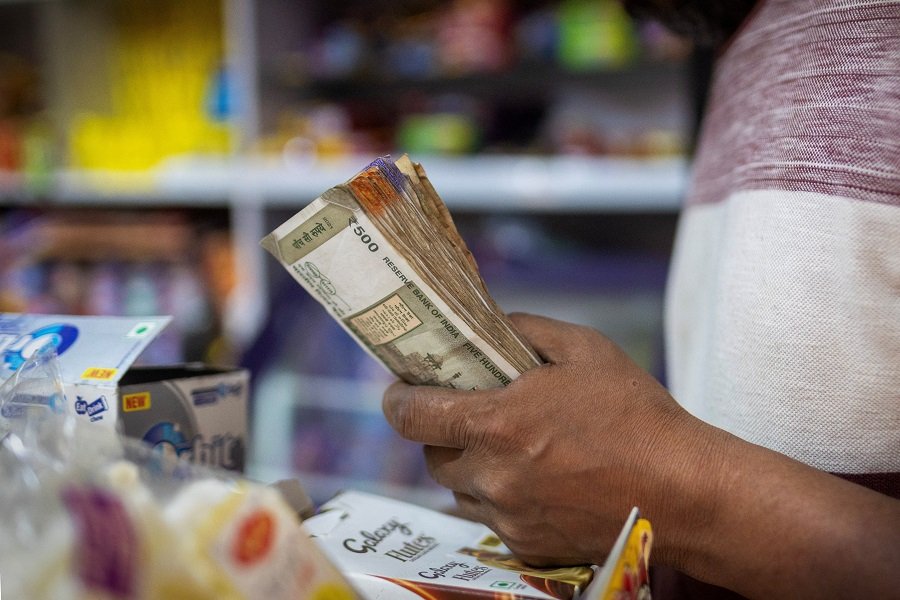As corporate demand for dollars continued and concerns around international trade persisted, the Indian rupee started the week trading somewhat consistently, fluctuating between Rs. 87.70 and Rs. 88.80 against the US dollar. The US dollar’s sustained rise, which has been bolstered by corporate purchases and a lack of significant outflows, has been closely monitored by market participants. The rupee has maintained its current levels after peaking in early October due to news flows that indicate confidence regarding a possible trade agreement between the United States and India as well as expected rate decreases by the Federal Reserve. As market participants wait for concrete developments in trade talks and monetary policy easing, Foreign Institutional Investors (FIIs) have been net sellers, affecting short-term momentum.
Hopes Rise for India-US Trade Agreement:
The outlook for the rupee has been bolstered by growing expectations of a comprehensive trade agreement between India and the United States. Reports suggest negotiators are nearing consensus on tariff relief and export incentives, which could drive more foreign investment and enhance trade flows between the two economies. The possibility of a “fair trade deal” has renewed optimism for multiple sectors, including textiles, technology, and engineering, potentially reducing trade-related uncertainty. Analysts note that finalizing a deal could stabilize the rupee and trigger a shift in foreign investment allocation, with key market participants closely monitoring the announcement’s timeline.
Fed Rate Cut Bets Boost Sentiment:
Beyond trade talks, the rupee’s prospects have been buoyed by expectations that the US Federal Reserve may cut interest rates in December following weak employment data and softer inflation readings. According to CME FedWatch, there is now a 68% chance of a 25 basis point rate cut in the upcoming Fed meeting. Lower US interest rates typically diminish the appeal of the dollar, making emerging market assets like the rupee more attractive. Technical indicators show the USD/INR pair aims to revisit record highs, but traders remain positive on the rupee’s ability to recover and build modest upward momentum if Fed dovishness materializes.
Technical Outlook and RBI Intervention Supporting Rupee Stability:
The Indian rupee continues to trade within a tight range, supported by active intervention from the Reserve Bank of India (RBI) and state-run banks to curb excessive volatility. The USD/INR pair hovered around 88.60 on November 12, 2025, showing marginal gains of 0.16% from the previous session. The rupee gained 0.06% during the last month, but it has still dropped by almost 5% over the previous 12 months due to worries about US tariffs and the slow pace of trade talks. The rupee has stabilized and avoided sudden rises because to the RBI’s consistent dollar sales, which have helped counteract ongoing external pressures. Although RBI intervention can stabilize sentiment in the short term, analysts warn that relying too much on such actions could discourage long-term foreign investment inflows. The rupee’s course in the upcoming weeks will be largely determined by upcoming inflation statistics and the conclusion of trade discussions between the US and India.
Inflation, Corporate Demand, and Market Outlook:
The rupee is however vulnerable to international variables including dollar demands from importers, sporadic outflows of foreign funds, and shifts in domestic inflation, despite positive news. In October, retail inflation in India decreased more quickly than anticipated, which may lead to additional monetary easing by the Reserve Bank of India. The technical picture for the rupee is still cautiously positive, with resistance at 89.12 and support at 87.07. The rupee’s capacity to maintain gains will depend on consistent improvements in international economic policy and corporate demand for currency as investors analyze US economic data and track trade policy developments.







